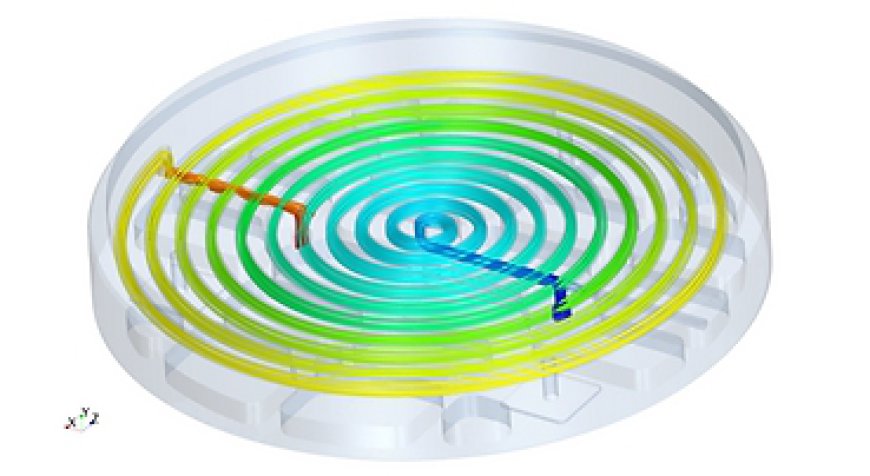The Role of Thermal Management in Achieving Optimal Thermal Analysis Outcomes
Thermal analysis and thermal management are intricately linked, playing a pivotal role in ensuring the reliability and efficiency of systems across various industries.

In today's technologically advanced world, effective thermal management is essential to ensure the reliable operation of various systems and components. Thermal analysis serves as a cornerstone for achieving optimal thermal management, providing insights into heat transfer and thermal behavior. This article explores the interrelationship between thermal analysis and thermal management, highlighting its significance in diverse applications and industries.
The Intersection of Thermal Analysis and Thermal Management
Thermal management involves controlling and optimizing temperature within systems, while thermal analysis focuses on understanding the thermal properties of materials and components. By integrating these two domains, engineers can develop robust thermal solutions that enhance performance and reliability.
Key Components of Thermal Management
-
Heat Generation: Understanding where and how heat is generated within a system is crucial for effective thermal management. Thermal analysis identifies hotspots and enables engineers to devise strategies for heat dissipation.
-
Heat Transfer Mechanisms: The primary modes of heat transfer—conduction, convection, and radiation—must be considered in thermal management. Thermal analysis techniques, such as computational fluid dynamics (CFD), help simulate these mechanisms and predict thermal behavior.
-
Temperature Regulation: Maintaining temperature within specified limits is essential for system performance. Thermal analysis provides data to design effective temperature regulation systems, ensuring that components operate within safe thermal thresholds.
Importance of Thermal Analysis in Thermal Management
-
Enhanced Design Efficiency: By conducting thermal analysis during the design phase, engineers can identify potential thermal issues early, leading to more efficient designs that require less modification later in the process.
-
Improved Reliability: Understanding thermal properties helps engineers design systems that can withstand varying thermal conditions, improving overall reliability.
-
Cost-Effective Solutions: By optimizing thermal management strategies based on thermal analysis, organizations can reduce costs associated with overheating, failures, and unnecessary maintenance.
Applications of Thermal Management and Analysis
-
Electronics Cooling: As electronic components become more compact, effective thermal management is critical to prevent failures due to excessive heat. Thermal analysis helps design efficient cooling systems.
-
Aerospace Engineering: In aerospace applications, thermal management ensures that components operate reliably in extreme environments. Thermal analysis techniques are employed for spacecraft-level and payload-level programs, including cryogenic systems.
-
Automotive Industry: In modern vehicles, managing heat is vital for the performance of various components, including engines and batteries. Thermal analysis provides insights into heat distribution and management strategies.
Advanced Techniques and Software Tools
To facilitate effective thermal analysis and management, various advanced techniques and software tools are employed:
-
Computational Fluid Dynamics (CFD): CFD simulations allow engineers to model fluid flow and heat transfer, providing insights into how systems will behave under various conditions.
-
Finite Element Analysis (FEA): FEA is utilized to analyze thermal distortion and heat transfer problems, helping engineers optimize designs for better thermal performance.
-
Specialized Software Tools: Tools like Thermal Desktop, STAR-CCM+, and MAYA/TMG are employed to conduct detailed thermal analysis and develop effective thermal management strategies.
Conclusion
Thermal analysis and thermal management are intricately linked, playing a pivotal role in ensuring the reliability and efficiency of systems across various industries. By leveraging advanced techniques and software tools, organizations can address thermal challenges, optimize performance, and achieve cost-effective solutions. A thorough understanding of these concepts empowers engineers to design systems that not only meet but exceed thermal performance expectations, paving the way for innovation in technology and engineering.

 JohnathanZamora
JohnathanZamora